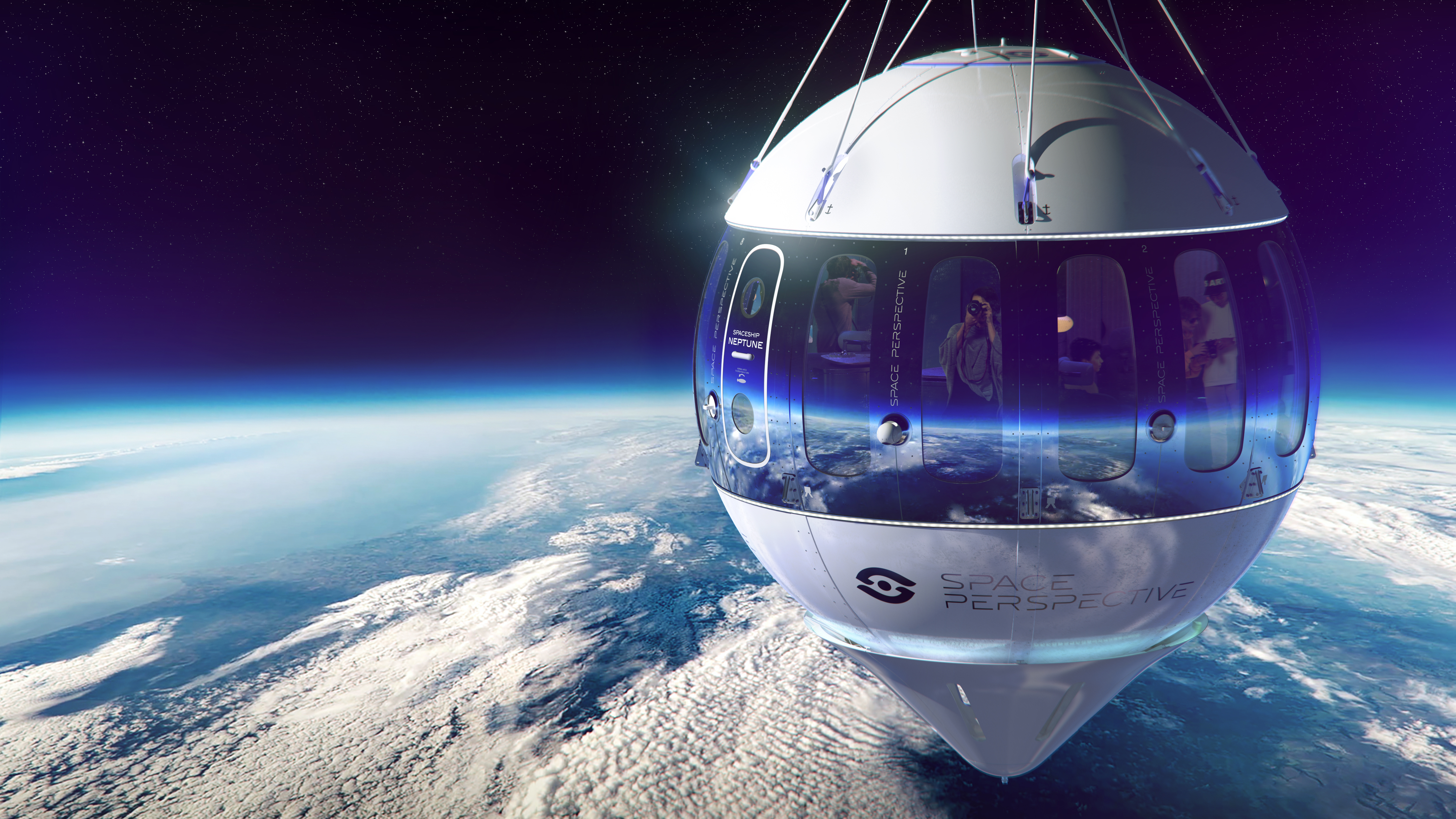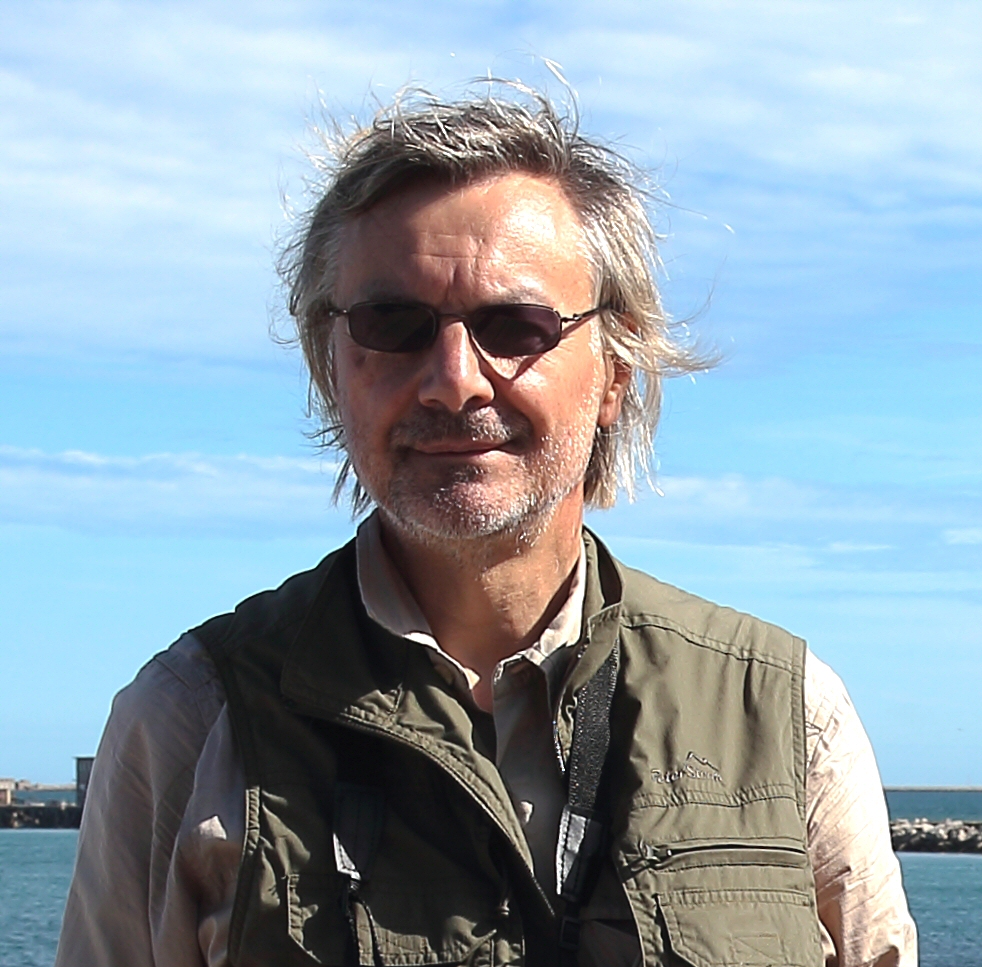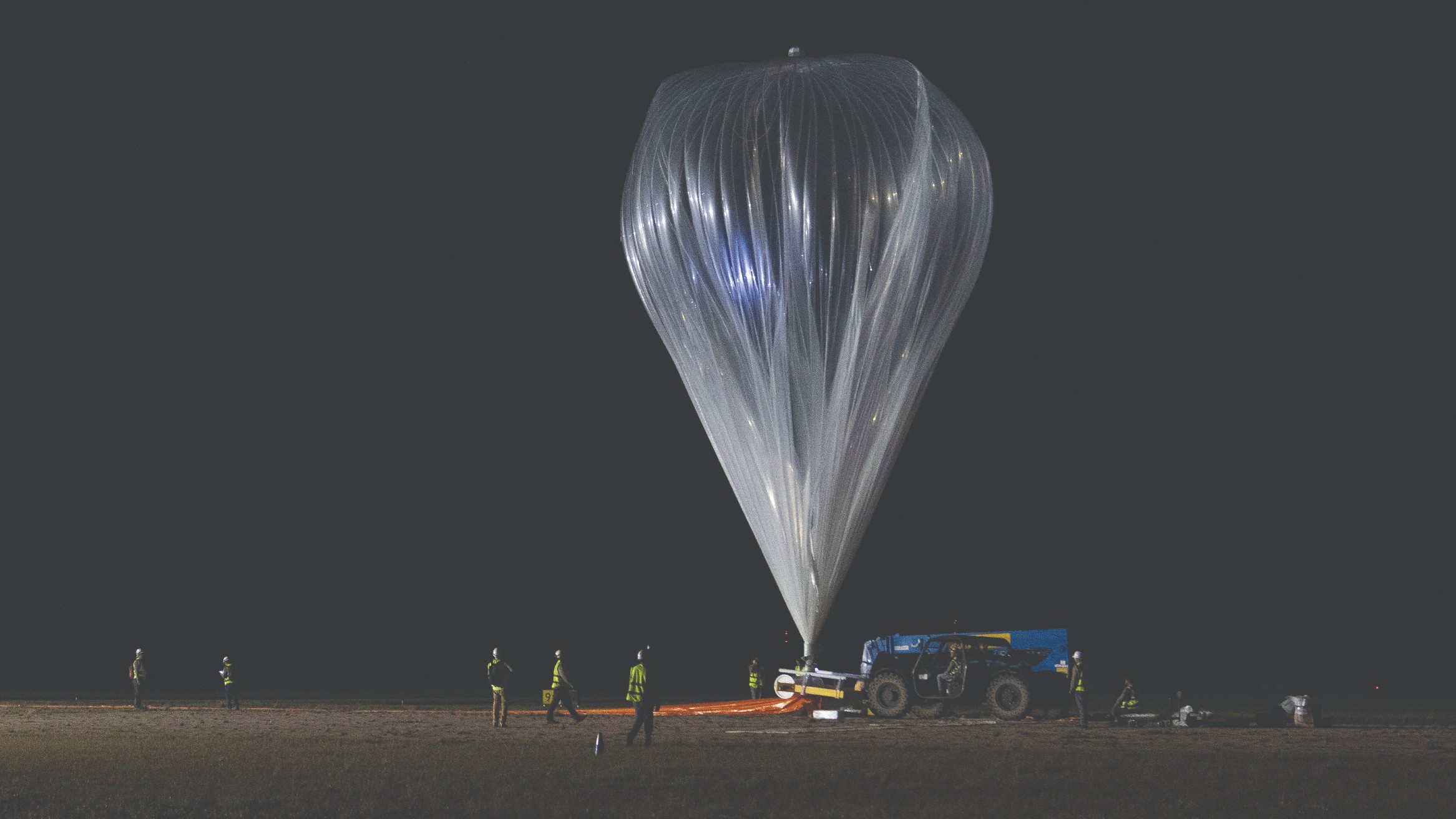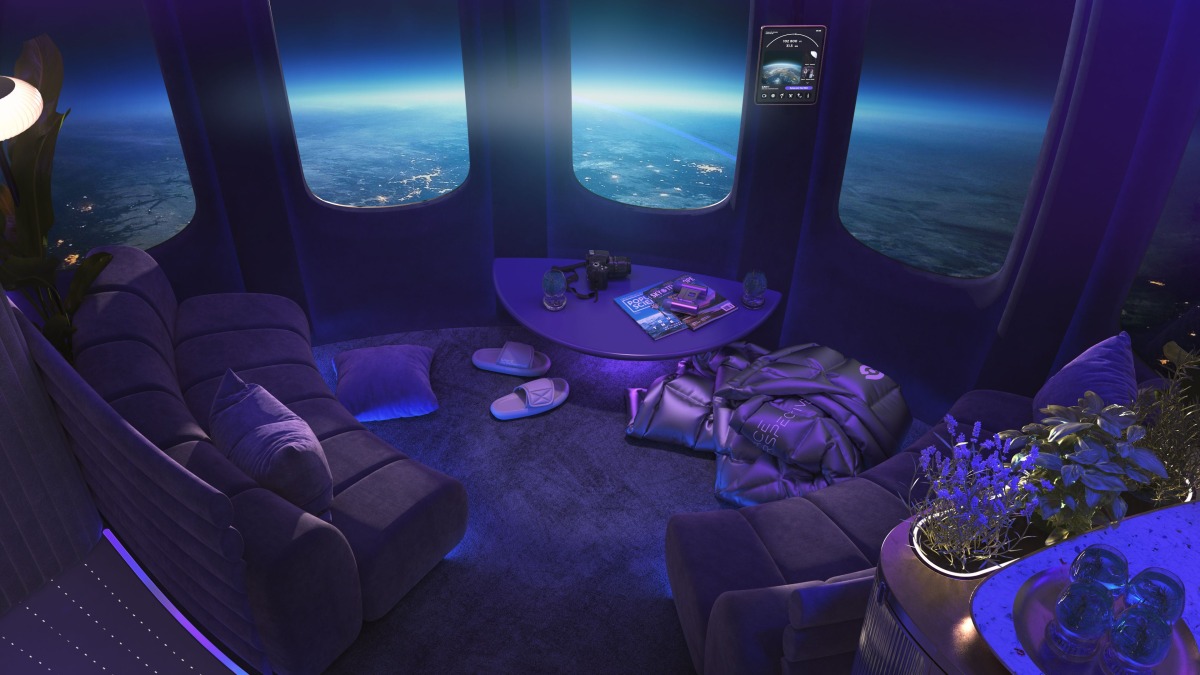All aboard the Spaceship Neptune: Flying to the edge of space on a balloon
Spaceship Neptune is one of the latest space tourism ventures.

Imagine traveling high enough to see the curvature of the Earth against the blackness of space, not in a brief, high-adrenaline rocket ride but a luxurious and leisurely balloon flight up into the stratosphere.
That's the experience a company called Space Perspective is hoping to offer aspiring space tourists with their Spaceship Neptune balloon currently under development.
Space Perspective hopes to begin commercial flights in 2024, with paying passengers expected to pay about $125,000 apiece for the opportunity. The company has already started accepting seat reservations.
Related: Space Perspective unveils lavish interior of balloon-borne tourist capsule
Can a balloon go to space?
Despite its name, Spaceship Neptune won't actually reach space, which officially starts at the Karman line, 62 miles (100 kilometers) above the Earth's surface.
When a balloon is filled with a low-density gas such as hydrogen or helium, its resulting buoyancy causes it to rise up through the atmosphere, because the balloon is lighter than the volume of air it displaces.
As it rises higher and higher, the surrounding air gets thinner and thinner, and eventually, the balloon is confronted by Archimedes' Principle, which halts the ascent when the ambient density is the same as its own. For a balloon like Spaceship Neptune, this will happen around an altitude of 20 miles (30km).
Breaking space news, the latest updates on rocket launches, skywatching events and more!
Fortunately, from the point of view of the passengers carried by the balloon, this is just a technicality.
Even from an altitude of 20 miles (30km), they will be able to see the blackness of space above them and the spherical Earth below them, in a view not too different from that at the Karman line. And thanks to Archimedes' principle, once they reach their peak altitude they will just float there, rather than falling back to Earth like a suborbital rocket.
This permits a much longer experience, with Space Perspective proposing 6-hour missions: 2 hours ascending through the stratosphere, 2 hours floating at maximum altitude and two hours descending to a gentle splashdown in the ocean.
The company made a successful uncrewed test flight from NASA's Kennedy Space Center in Florida in 2021.
Aboard the Spaceship Neptune
Although Spaceship Neptune won't reach the Karman Line, it will go above another key boundary called the Armstrong Line. Located around 12 miles (19km) altitude, the air pressure here is so low that water boils at normal body temperature.
In order to survive, this means humans need either a spacesuit or a pressurized cabin. Fortunately for Space Perspective's customers, Spaceship Neptune will be equipped with the latter, in the form of a state-of-the-art capsule suspended beneath the balloon. But it isn't the kind of cramped, utilitarian capsule normally associated with space travel. It's both spacious and luxurious, giving the occupants 360-degree panoramic views.
The interior will be maintained at a comfortable temperature using a thermal control system and reflective coatings on the outside surfaces to minimize solar heating. For even greater passenger comfort, the cabin will include reclining seats and couches, mood lighting and even food and beverage services.
Additional information
For more information about Space Perspective and Spaceship Neptune visit the companies' website.
Bibliography
- FAI Astronautic Records Commission, "100km altitude boundary for astronautics", accessed October 2022.
- John H. Lienhard, "The edge of space", Engines of Our Ingenuity, accessed October 2022.
- Amy Frearson, "Space Perspective develops "even more thrilling" design for space-travel capsule", de zeen, August 2022.
- U.S. Centennial of Flight Commission, "Lighter-Than-Air - An Overview", accessed October 2022.
- NASA, "Types of Balloons", accessed October 2022.
- Maureen O'Hare, "On sale: $125,000 balloon trips to the edge of space", CNN, June 2021

Andrew May holds a Ph.D. in astrophysics from Manchester University, U.K. For 30 years, he worked in the academic, government and private sectors, before becoming a science writer where he has written for Fortean Times, How It Works, All About Space, BBC Science Focus, among others. He has also written a selection of books including Cosmic Impact and Astrobiology: The Search for Life Elsewhere in the Universe, published by Icon Books.


